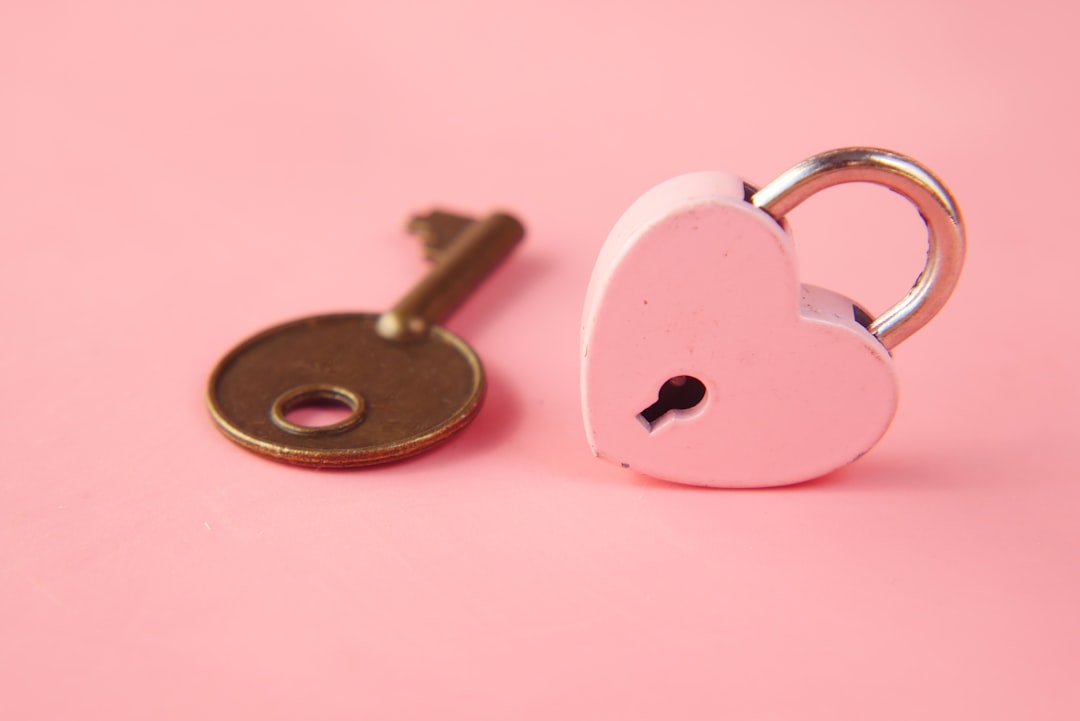In the mid-1980s, Apple Computer started the “desktop publishing revolution” by pairing its new, graphics-oriented Macintosh with the first 300-dot-per-inch (dpi) LaserWriter. So excited was one computer industry pundit – whose “insider” industry newsletter was one of the first of that extraordinarily profitable kind – that she insisted on the most sensational sort of boosterism. “This [technology] is going to put the First Amendment into overdrive!” was a typical pull-quote from her 1986 issues. Eagerly anticipated was a bumper crop of Mac-and-LaserWriter-equipped reincarnations of Shakespeare, William Randolph Hearst and Stephen King.
Not everyone was so optimistic. “It’s like thinking that the invention of the phone would improve people’s diction,” one technology writer said at the time. He knew that the result of lowering the cost of entry into publishing would be reduced standards in every specialized skill used in the process: lower quality research, writing, editing, graphic design and final product. “There will be a ton of 300dpi garbage,” he predicted.

Who won the DTP revolution?
Looking back over the past 25 years, it is clear that his prediction came true. Fact is, the desktop publishing (DTP) revolution has now spawned several generations of semi-literate, button-pushing, macro-wielding, template-dependent DTP’ers – along with some real geniuses, of course, who would have been geniuses whatever tools were available. So, once again, the human race learns the lesson that great tools don’t create great craftsmen.
It is a curious thing to see the reaction of people who had expected their new hardware and software to make them creative geniuses. For some reason, they are always surprised when their designs look like the “gallery pages” that came with their graphics program. It’s a reaction that is quite baffling, frankly. With the best paintbrushes and canvas in the world, few people will ever get close to creating what Picasso or Dali could with an eyebrow pencil and a cocktail napkin.
Push-button baloney
Many people have forgotten, and many more never knew, that before the advent of the World Wide Web and its one-button blogging, there were writers who thought that certain technological aids could make them great graphic designers. They soon found out that “the DTP revolution” wouldn’t, couldn’t, shouldn’t make them artists. The first wave of DTP tools, hard and soft, did succeed in making a lot of corporate communications appear coherent, smooth and powerful… if you had the software installed.
Unfortunately, most of us never got around to learning how to use buttons; nobody learned to master the mouse; and screen readers (or “peekrammers,” as the hackers like to call them) never quite became human. So the answer to how many people in the world use a mouse is – zero.
But the young people who are into DTP are not exactly stuck between a mouse and an e-mail program. They are between a keyboard and a digital player, a PC and an Ipod. They are between a “printing” keyboard and a real keyboard, a mouse and a non-emotional software program. Most of them, I would guess, find the “other” mouse altogether too daunting a prospect.
So, what are they doing instead of pressing the “send” button? According to a recent survey, about half of all current email users practice some form of “self-scratching,” in which they substitute one of their own names for letters or numbers they don’t like on their messages. Some use their dates of birth and names of their family members for mischief purposes. Others alternately cipher their messages to make them indecipherable to outside eyes.
I’ve heard of cases where hoaxes and chain letters were sent to thousands of unsuspecting victims. How many of those people opened them and started receiving letters on their birthday, or whom? Most of us know that the FBI files on everyday criminals are complete garbage, but actually, those FBI files are legally obtained by intimidating threats and flagrant disregard for privacy and confidentiality. If you opened a chain letter or hoax letter, you’ve just signed your name to it, made it easier for a hacker toace your computer with nastiness, and probably opened the door for him to invade your privacy again.
If you haven’t encountered it, chances are, you probably don’t even want to know. Most people who encounter chain mail amass information about themselves and send it to everyone in their address books. If they’re really, really into you, they might even send it to all their friends.
The ways chain mail delivers its payload are endless and varied.













